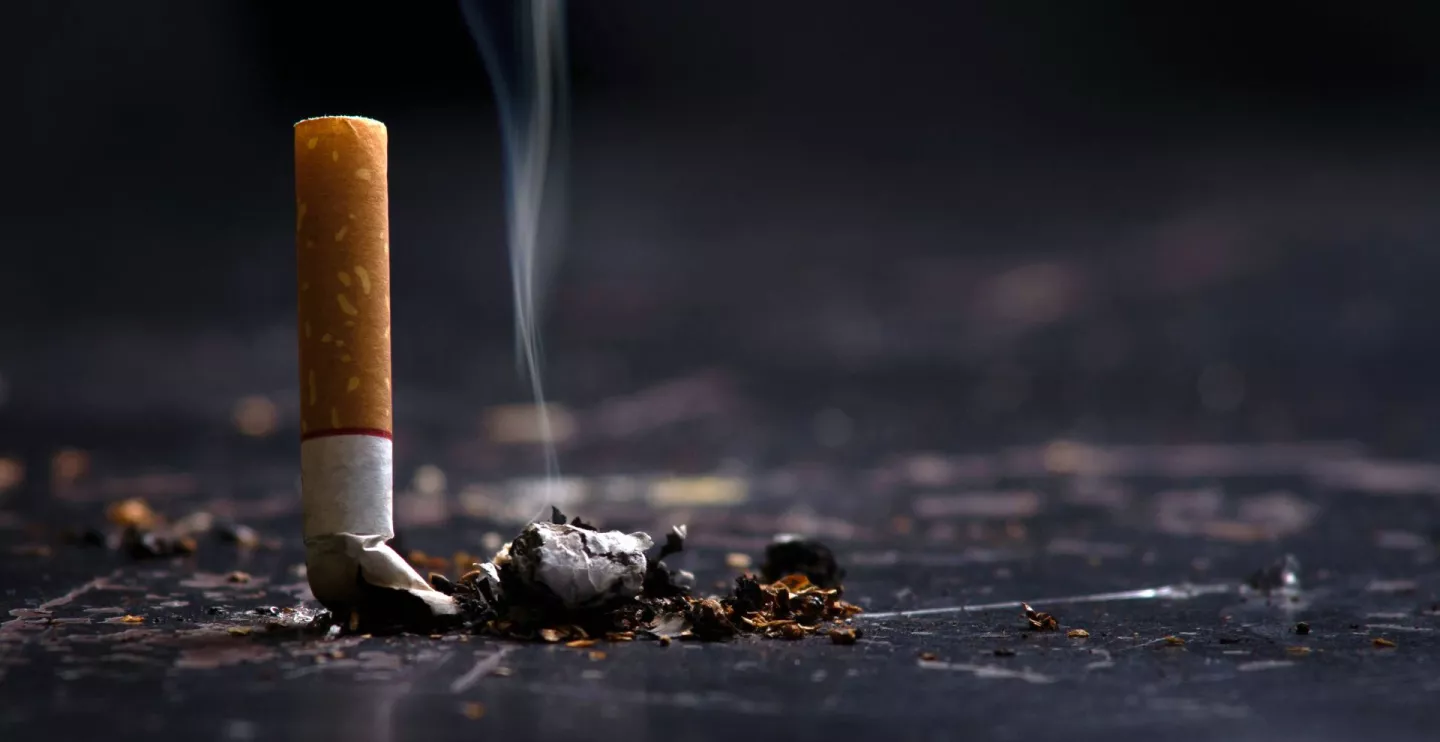Two groups that have high rates of smoking and vaping — the Native Hawaiian and Pacific Islander community and the LGBTQ community — have specific hurdles that prevent them from quitting: the cost of cessation therapies and a lack of culturally specific care, according to a pair of reports from the UCLA Center for Health Policy Research.
“Examining the smoking behaviors of specific communities is essential to understanding their unique needs,” said Sean Tan, a senior public administration analyst at the center and lead author of both reports. “We found that many NHPI and LGBTQ smokers who want to quit and have tried to do so lack the means and culturally competent care to quit for good.”
The reports, based on follow-up surveys conducted by the Center’s California Health Interview Survey in 2019–20, touch on each group’s tobacco, vaping and marijuana use, as well as their exposure to secondhand smoke, attitudes toward smoke-free policies and cessation attempts. Data in the NHPI report looked at differences by ethnic subgroup, gender, age, education and region, while the LGBTQ data looked at differences by sexual and gender minority status, race and ethnicity, age, and education.
NHPI smokers: A large proportion of adults use tobacco
Among the Native Hawaiian and Pacific Islander adults surveyed, 64.3% said they currently used tobacco products of any kind, ranging from cigarettes to hookahs to nicotine pouches to betel nut with tobacco. Other findings from the report:
- 83.4% of NHPI smokers have tried quitting in their lifetime.
- Among NHPI smokers, 52.3% said they would be more comfortable using cessation counseling offered by a health group that serves the NHPI community than with an organization that serves the general population.
- 92.6% of NHPI adults who have less than a high school diploma are current smokers; among these smokers, 56.4% delayed or could not get nicotine replacement therapy or prescription cessation medicine because of the cost.
Tan noted that the NHPI report is based on the California Native Hawaiian and Pacific Island Tobacco Survey, which used nonprobability recruitment methods, and the data is not entirely representative of all NHPIs in California.
LGBTQ smokers: Marijuana use is higher than use of tobacco
Among LGBTQ adults, 34% currently use marijuana, while 19.5% currently use tobacco products of any kind. Other findings from the report:
- 9.8% of LGBTQ adults currently vape, a figure 3.5 times as high as the 2.8% of all California adults who do so.
- 80.1% of LGBTQ smokers attempted to quit smoking at least once.
- 17.2% said they delayed or did not get nicotine replacement therapy due to the cost.
- 10.5% LGBTQ smokers said they delayed or did not seek cessation programs because of perceived unfair treatment due to their sexual orientation or gender identity.
“Policies and cessation strategies must be tailored to fit the population,” Tan said. “A one-size-fits-all framework doesn’t work.”
The findings of both reports also show similarities between the NHPI and LGBTQ communities on a broad range of other smoking-related issues.
High rates of exposure to secondhand smoke and vapor
- Overall, 67% of NHPI adults in California reported being exposed to secondhand tobacco smoke or vapor at home. Exposure at work was slightly lower, though still high. In Los Angeles, for instance, 73% of NHPI respondents reported exposure at home and 50.9% at work; figures for the Bay Area were similar, with 68.9% reporting at-home exposure and 56.9% reporting workplace exposure. LGBTQ adults saw a comparable trend, but with lower rates: 47.8% were exposed at home, compared with 19.4% at work
Support for smoke- and vape-fee policies
- Both NHPI adults (83.2%) and LGBTQ adults (65%) were supportive of smoke- and vape-free policies for housing. However, just 32.4% of LGBTQ respondents felt that public LGBTQ events should be smoke- and vape-free; 46.9% of them said that public events should be free of marijuana smoke.
Banning tobacco sales in the future
- A hypothetical policy proposal to ban the sale of tobacco products to anyone born after 2025 was supported by 76% of NHPI adults and 60.8% of LGBTQ adults.
Targeted by tobacco industry advertising
- When asked if they felt that the tobacco industry was specifically targeting their community in its advertising, 66.4% of NHPI adults said yes, as did 73.4% of LGBTQ adults.
“Historically, public health data for the NHPI and LGBTQ communities have been sparse, and research — on their tobacco use and otherwise — lacking,” Tan said. “Besides the need for more robust NHPI and LGBTQ survey data, our findings show a need to allocate resources towards population-specific cessation programs and for state and local agencies to work with LGBTQ and NHPI communities to adopt tobacco control policies and programs.”
Researchers can complete an application to download the Public Use Files (PUFs) for these studies at no additional cost.
The UCLA Center for Health Policy Research (CHPR) is one of the nation’s leading health policy research centers and the premier source of health policy information for California. UCLA CHPR improves the public’s health through high quality, objective, and evidence-based research and data that informs effective policymaking. UCLA CHPR is the home of the California Health Interview Survey (CHIS) and is part of the UCLA Fielding School of Public Health and affiliated with the UCLA Luskin School of Public Affairs.




